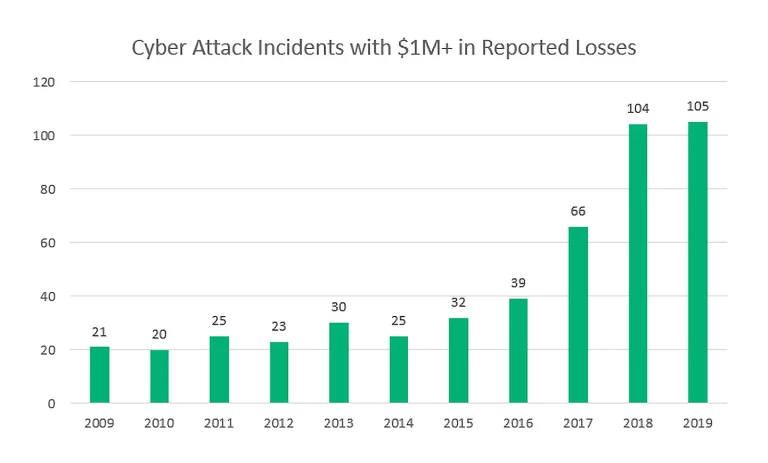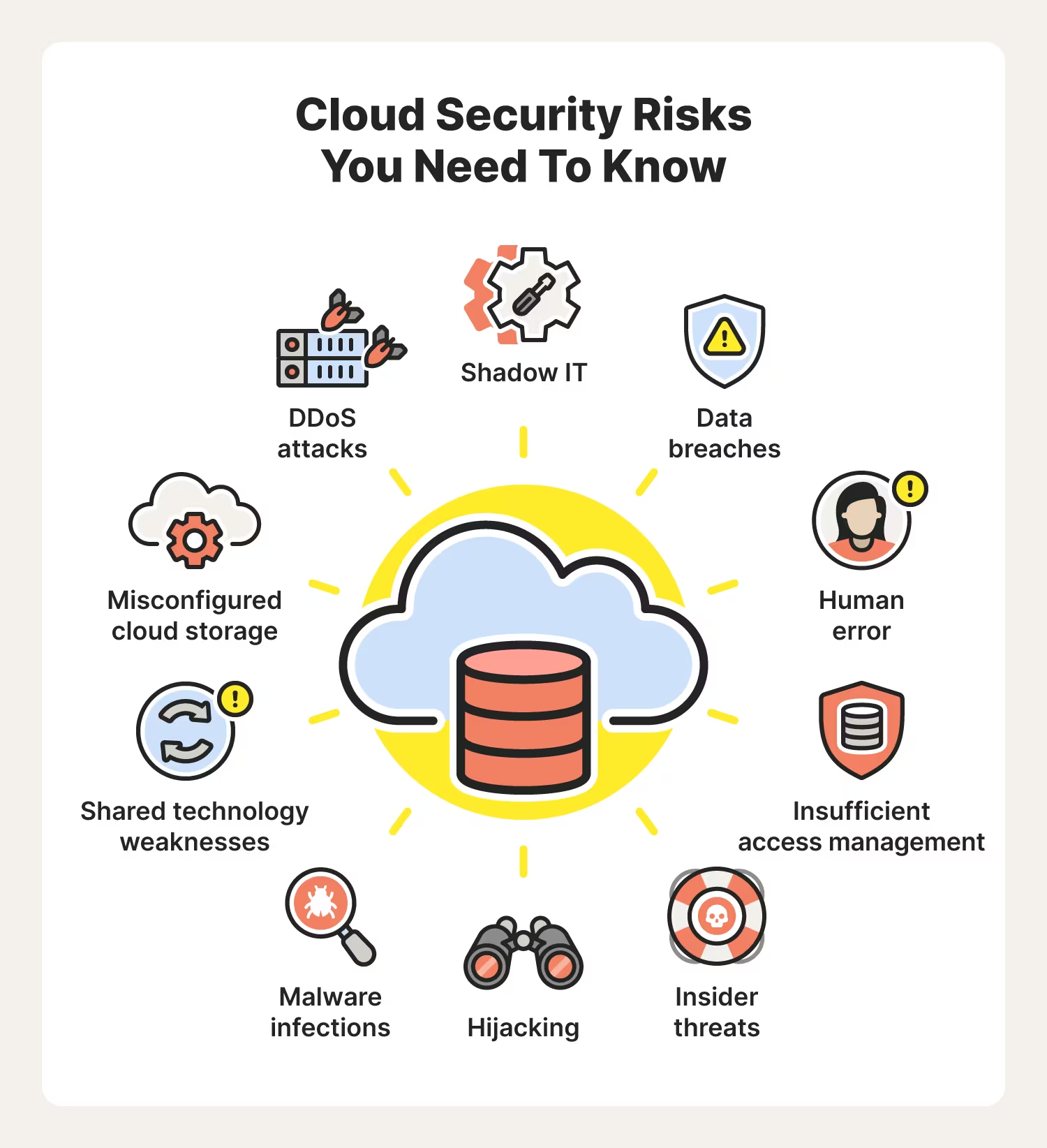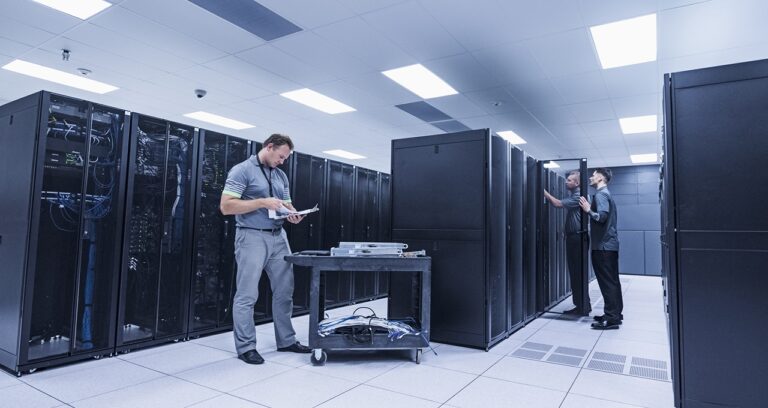Firewalls have been an integral part of basic network security for many years now. The concept of evolving firewall dynamics is an ever-changing process of continued network security optimization, through increasing firewall design complexity. Having been a fundamental part of network security for the last 25 years or more, firewalls have seen many different iterations throughout that time period.
Essentially, firewalls are network features that oversee the movement of data and packets in and out of a given network.
Whether a network is experiencing low, medium, or high traffic, firewalls are always important to have for the purpose of either permitting or rejecting network traffic based on the packets and data that are allowed on a specific network. Basically, a network administrator will need to design inputs for their network that will determine the type(s) of traffic that will be allowed in, or rejected, based on these
predetermined parameters.
Simple firewalls were initially designed as rudimentary packet filters. Over the last 25+ years however, firewalls have evolved both in their general capacities and their overall complexity. At their beginnings, firewalls were assigned to specific network boundaries (often between trustworthy and [untrustworthy] networks). Over time though, firewalls have reached the point where they are now also being deployed to safeguard internal portions of a singular network.
An example of this might be a large company running its own network; there will typically be internal firewalls to safeguard any compartmentalized internal network feature. Sensitive data centers represent an important sub-feature of a primary network, and a data center is a good example of a network feature that will often utilize internal firewalls for added security (and protection from potential internal network threats). Now that we have reviewed the basics of firewall dynamics, let’s get into the details and complexities of Next-Generation firewalls.
WHAT ARE NEXT-GENERATION FIREWALLS?
While the earlier-generation and more simplistic firewalls rely on basic packet filtration, next-generation firewalls introduce more complexity into the packet/data review process. The early firewalls are imply evaluating the changing states of packet location, packet sourcing, packet destinations, and all the corresponding addresses of these packet movements.
Essentially, next-generation firewalls come into play when they start to introduce and incorporate nuanced regulations for the individual programs, applications, and selected users that are permitted to operate within the network. Next-generation firewalls are also capable of integrating data components aggregated from other technologies, for the general purpose of optimizing traffic access or denial related network decisions.
One informative example we can use to demonstrate the advantages and functionalities of next-generation firewalls has to do with other network filtration mechanisms. In the case of some next-generation firewalls, there is actually an ability to perform important URL filtering, in addition to the capacity for terminating Transport Layer Security and Secure Sockets Layer connections. Even just exploring these fundamental improvements of Next-Generation Firewall network security gives the impression of what a game-changer next-generation firewalls can be for generalized network security.
However, there are even more aspects to consider when it comes to the advantages of Next-Generation firewall network security improvements. This is to say that some Next-Generation firewalls are actually capable of supporting Software Defined Wide Area Networking (otherwise referred to as SD-WAN as a helpful shorthand representation). This is a revolutionary feature, since it allows for a significant improvement of efficiency with regard to the way that dynamic SD-WAN connectivity protocols are being carried out within optimized networks.
PRIMARY BENEFITS OF NEXT-GENERATION FIREWALLS
Whereas earlier iterations of network firewalls are much more simplistic packet filters for a given network, Next-Generation firewalls offer much more dynamic network safeguarding. The benefits of utilizing Next-Generation firewalls within a specified network are diverse and multi-faceted. One of the most clear-cut and obvious benefits of utilizing next-generation firewalls within a given network
boundary has to do with sectioning off and giving extra protection to sensitive network aspects.
Let’s say we are working within a complex network that is serving many different operational departments. A good example of this could be a government agency that works with sensitive or even classified data sets. Within this agency there will typically be information and data that need to be protected from general access and kept sequestered from the average network operator.
This kind of sensitive or classified information will only be viewable by individuals and operators with a significant security clearance within the network. In this instance, Next-Generation firewalls can serve to protect and limit access to these sensitive data structures within the network in question. A next-generation firewall can offer any network entity the profound benefit of having not only external
perimeter security and packet filtration, but also internal checkpoints and protections for guarding sensitive network features.
ADDITIONAL COMPONENTS & FEATURES OF NEXT-GENERATION FIREWALLS
So far, we have covered the basic overview of firewall design, and how next-generation firewalls are really changing the landscape of network security. What we have not yet considered, however, is the reality that previously independent security features are now being integrated into Next-Generation firewalls. This is helping to further increase both the capacity and the security potential of networks
all over the world.
One example of a network security feature that is now being integrated into Next-Generation firewalls is known as IPS, or Intrusion Prevention Systems. The integration of IPS into next-gen firewalls creates a condition wherein the firewall can not only scan and review certain varieties of basic network traffic, but it can also move deeper into the process of traffic analysis by enforcing more sophisticated
network policies.
This is to say that a next-generation firewall integrating Intrusion Prevention Systems is capable of tracing specific signatures and picking up even the smallest anomalies and inconsistencies with passing network traffic. In turn, this can help to mitigate network threats before they can ever cause problems.
Additionally, next-generation firewalls can incorporate a more sophisticated version of the core task of packet and data filtration within a network. Referred to as DPI or Deep Packet Inspection, this variation of packet filtering is a more complex process that allows for a more nuanced evaluation of packet content, and much smarter protocols that the next-gen firewall is capable of enforcing.
This is to indicate that while more primitive firewalls only have so many policies they are capable of enforcing onto the aggregate traffic within a network, a next-gen firewall using DPI protocols can enforce more sophisticated policies. For example, a next-generation firewall utilizing Deep Packet Inspection could have the capability to scan past the more basic markers to see deeper information like specific
applications being actuated within the network.


